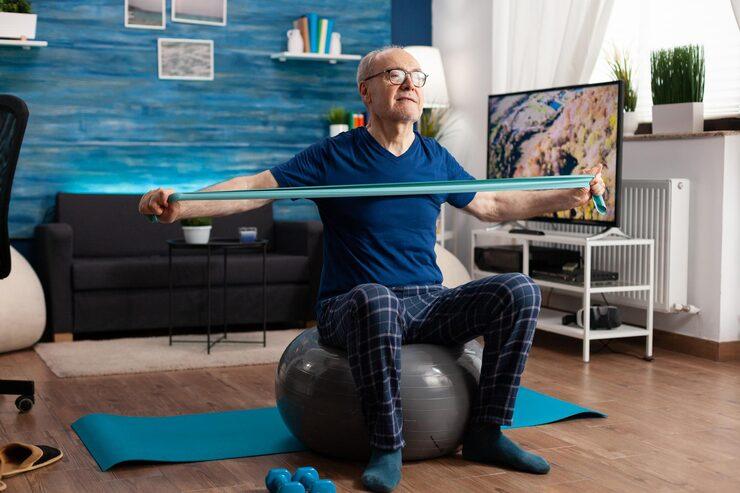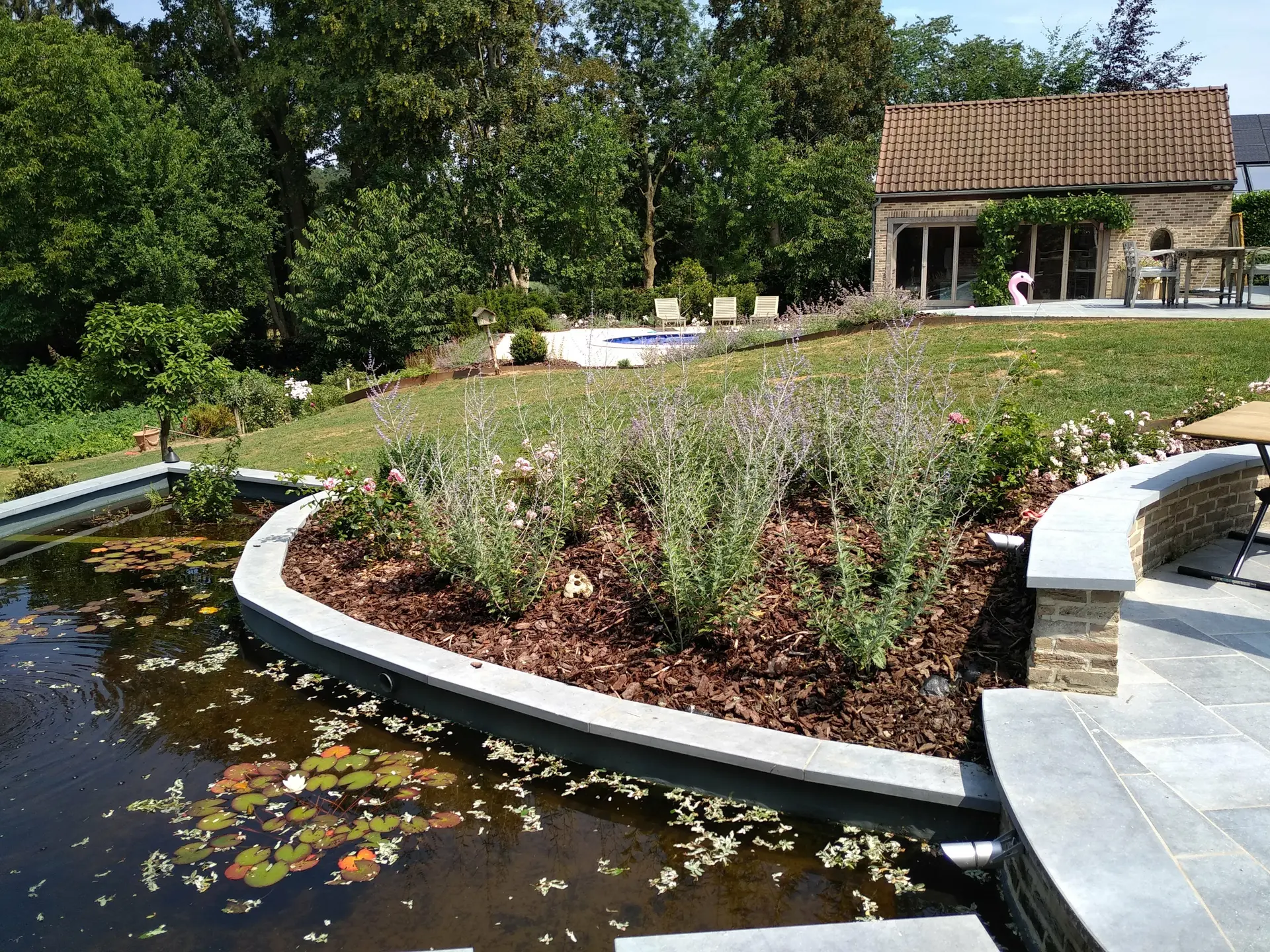The Science Behind Elderly Fitness Programs for Healthy Aging

Aging is an inevitable part of life, but how we age can be shaped by the choices we make. While genetics play a role in our health, research shows that lifestyle factors—particularly regular physical activity—have a profound influence on how well we age. In recent years, scientists and health experts have placed growing emphasis on elderly fitness programs as one of the most effective tools for promoting healthy, active, and independent living among seniors.
These programs are more than just exercise classes. They are carefully designed, evidence-based routines that address the unique physical, mental, and social needs of older adults. This article explores the science behind elderly fitness programs, how they support healthy aging, and why starting one can be life-changing at any age.
What Is Healthy Aging?
Healthy aging means maintaining the ability to function physically, mentally, and socially as the years pass. It’s not just about living longer, but about living better. The World Health Organization defines healthy aging as the process of developing and maintaining the functional ability that enables well-being in older age.
Key components of healthy aging include:
· Physical health – Strong muscles, healthy joints, and good cardiovascular function.
· Cognitive health – Clear thinking, memory retention, and mental agility.
· Emotional health – Positive mood, resilience, and reduced stress.
· Social connection – Staying engaged with others to avoid isolation.
Elderly fitness programs are uniquely positioned to address all of these components at once.
The Physical Science: How Exercise Benefits the Aging Body
Aging naturally causes changes to muscles, bones, joints, and the cardiovascular system. Without intervention, these changes can lead to decreased mobility, higher fall risk, and chronic illness. However, regular exercise slows or reverses many of these effects.
1. Preserving Muscle Mass
After age 50, most people lose 1–2% of muscle mass each year, a condition known as sarcopenia. Strength training and resistance exercises in elderly fitness programs stimulate muscle fibers, helping to maintain strength and endurance.
2. Supporting Bone Density
Weight-bearing activities encourage bone tissue to remain dense and strong, reducing the risk of osteoporosis-related fractures.
3. Improving Joint Function
Gentle movement lubricates joints, improves flexibility, and strengthens the muscles that support them—helping manage arthritis symptoms.
4. Enhancing Heart and Lung Health
Cardiovascular exercises like walking, cycling, or swimming improve circulation, regulate blood pressure, and support overall heart function.
The Mental Science: Exercise and the Brain
Elderly fitness programs are not just good for the body—they’re equally powerful for the brain.
· Increased Blood Flow to the Brain – Physical activity improves oxygen delivery, nourishing brain cells and enhancing function.
· Neuroplasticity – Exercise promotes the growth of new neural connections, supporting memory and learning.
· Reduced Risk of Cognitive Decline – Studies show that active seniors have a lower risk of Alzheimer’s and other forms of dementia.
· Improved Mood – Endorphins released during exercise act as natural mood elevators, reducing anxiety and depression.
The Social Science: Why Community Matters
A key difference between elderly fitness programs and exercising alone is the element of social connection. Group classes foster friendships, provide accountability, and reduce feelings of loneliness—a factor linked to better emotional and physical health outcomes in seniors.
Social interaction during exercise also encourages consistent participation, which is essential for long-term benefits.
What Makes Elderly Fitness Programs Effective?
The science behind these programs lies in their design. They typically include a balanced mix of:
1. Strength Training – Builds muscle, supports bone health, and maintains independence.
2. Cardio Workouts – Improves heart health, stamina, and energy.
3. Flexibility Exercises – Keeps joints mobile and reduces stiffness.
4. Balance Training – Prevents falls, one of the leading causes of injury in seniors.
5. Functional Movements – Mimics real-life activities like bending, reaching, and lifting to make daily living easier.
Common Myths About Elderly Fitness Programs
· “I’m too old to start exercising.” Research shows benefits for people starting in their 70s, 80s, or even 90s.
· “Exercise is unsafe for seniors.” When guided by trained professionals, elderly fitness programs are specifically designed for safety.
· “You need high-intensity workouts to see results.” Even gentle, consistent activity brings measurable health improvements.
How to Start Safely
If you’re new to structured exercise, follow these science-backed steps:
1. Get a Medical Check-Up – Identify any conditions that may require modifications.
2. Choose a Qualified Program – Look for certified trainers experienced in senior fitness.
3. Start Slowly – Gradually increase duration and intensity to prevent injury.
4. Include Variety – A mix of strength, cardio, flexibility, and balance training maximizes benefits.
5. Stay Consistent – Aim for at least 150 minutes of moderate activity weekly.
Real-Life Results
Communities offering elderly fitness programs consistently report inspiring success stories. Seniors regain the ability to climb stairs, garden, travel, or play with grandchildren—activities they thought they had lost forever. Many also experience reduced pain, better sleep, and renewed confidence in their abilities.
The Future of Healthy Aging
As life expectancy increases, so does the importance of preserving function and independence. Science makes it clear: regular, structured exercise is one of the most powerful tools for healthy aging. With the right program, older adults can stay active, socially engaged, and mentally sharp well into their later years.
Conclusion
Healthy aging is not just about adding years to life—it’s about adding life to years. Backed by decades of research, elderly fitness programs are proven to strengthen the body, protect the mind, and nurture the spirit.
No matter your current age or fitness level, it is never too late to start. By embracing a program designed for your needs, you can take control of your health, maintain your independence, and enjoy a more fulfilling life.








